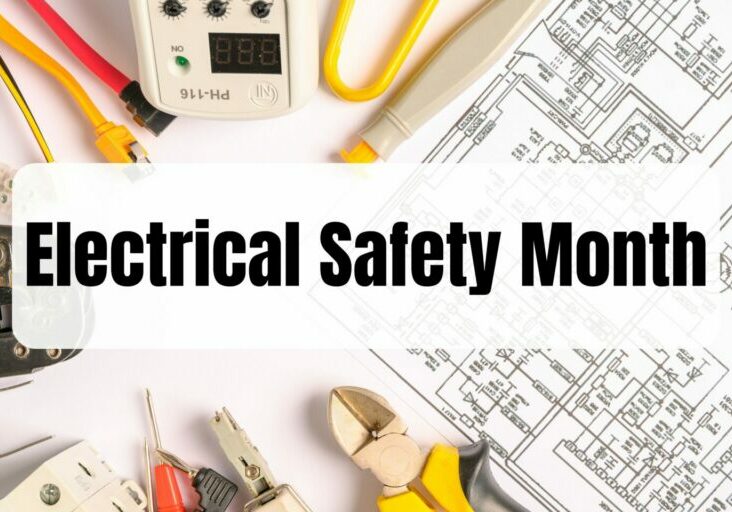The Future Is Electric

In the early 20th century, electric vehicles made up close to 40% of the U.S. vehicle market share.
Despite their early popularity, they began to disappear from the streets after just a few years. As roadways improved beyond city limits, people wanted to explore. With their slower speeds and shorter ranges, electric vehicles were not ideal for this type of travel. At the same time, gasoline cars became both accessible and affordable. By 1930, electric vehicles mostly vanished from roads.
Electric vehicles were reintroduced to the market in 2010, and each year more shoppers are choosing to forgo gasoline models and opt for new all-electric or plug-in hybrid electric models.
Why Drive Electric?
There are many reasons why people choose to drive electric. The top include saving money on fuel and maintenance, the car’s driving performance, being environmentally friendly and supporting local energy sources.
No matter the reason, most electric drivers see savings by fueling at the outlet instead of a gas pump.
Plugging in to Fuel
Electric vehicle owners have options when it comes to charging their vehicle. Charging stations are categorized into three levels: Level 1, Level 2 and DC Fast Charge.
All vehicles come with an adapter to plug the car to a standard 120-volt outlet, known as Level 1 charging. Level 1 charging provides the slowest charge, around three to five electric miles per hour.
Level 2 charging is commonly found in public locations, including shopping centers, downtown areas, multifamily communities and workplaces. It is a great option for public locations where people may be parked for a few hours. Level 2 charging stations can also be installed at home if a 240-volt outlet is available. Level 2 charging is faster than Level 1 at 10 to 20 electric miles per hour.
DC Fast Chargers provide a very quick charge. These stations are capable of charging a depleted electric vehicle’s battery to 80% capacity in less than 30 minutes.
DC Fast Charge stations are usually located in high-traffic public areas. Recently, more of these stations have been installed at gas stations across the country, where drivers can stop for a quick break on road trips.
To locate a charging station, there are multiple apps and websites that list station locations and provide details. Visit www.BentonREA.org/EV and click “Charger Finder” to see a map with details of charging stations across the country.
Drive Electric From Coast to Coast
Electric vehicles have come a long way since they reentered the market in 2010. Now, all major car manufacturers are showing support for electric vehicles by developing new, more affordable models with longer ranges. Research suggests that by 2040, electric vehicles will account for about 50% of new car sales globally.
With the infrastructure in place, people will soon be able to drive electric from coast to coast with plenty of options to plug in along the way.
Own an EV? Benton REA Member Incentives
Purchase Incentives: Up to $100 for each All-Electric Vehicle, $25 for each Plug-in Hybrid Vehicle
Level 2 In-Home Charger Incentive: $300
Level 2 In- Home Charger Loan: Up to $2,000
Download applications at www.BentonREA.org/EV.
This article is courtesy of Touchstone Energy Cooperatives and was provided by Advanced Energy, a nonprofit energy consulting firm. For more information about electric vehicles, visit www.TouchstoneEnergy.com/technology.
Recent Posts

Five Ways to Safeguard Your Home This Winter

Winter Weather May Impact Electric Bills

Cybersecurity Tips For a Safer Digital World

Electric Co-ops Grow for the Communities They Serve

Go Above and Beyond for a Safe Harvest

The Vital Role of the Lower Snake River Dams

5 Tips to Beat the Summer Heat

What You Need to Know About Furnace Filters

May is Electrical Safety Month



